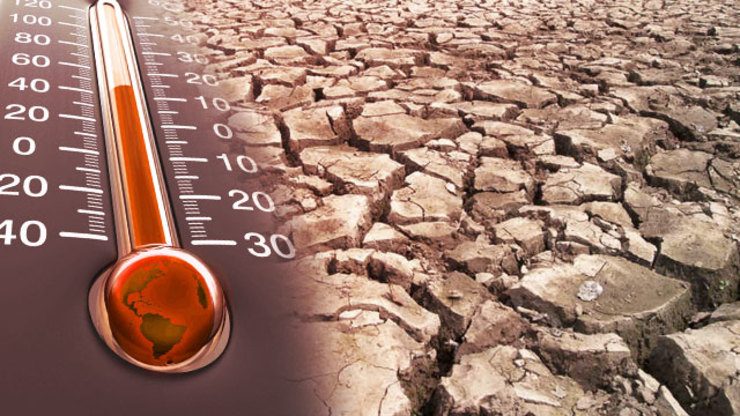SUMMARY
This is AI generated summarization, which may have errors. For context, always refer to the full article.

MANILA, Philippines (UPDATED) – On Wednesday, March 11, 2015, state weather bureau PAGASA held a press conference officially announcing the onset of El Niño in the Philippines.
This is long expected. As early as May 2014, PAGASA has already warned of the potential development of El Niño in the country.
The weather bureau initially predicted that El Niño would develop in June 2014. In November, PAGASA adjusted this estimate and announced that there is a 65% to 70% chance that El Niño will develop in December, 6 months later than the original announcement. Although there is a 15% decline from the previous forecast of the United Nations, most climate models still favored El Niño development towards the end of the year, according to PAGASA’s November announcement.
Here is a short infographic on how El Niño is formed.

Early warning
El Niño is a weather phenomenon characterized by an unusual increase in ocean surface temperatures or warming in the center and eastern equatorial Pacific Ocean.
Occurring every two to 7 years, it can bring either heavy rain or drought that may last for a year, and may heavily impact the agricultural sector, and supply of water and power in the country.
Early warning is critical as it is helps the public prepare ahead for El Niño’s impact.
“When El Niño starts in the Pacific, it takes a few months before it affects rainfall in the Philippines. Another few weeks before we feel the drought. There’s a delay,” according to Dr Wendy Clavano, an earth systems scientist from the Environmental Science for Social Change (ESSC). Clavano talked about the impact of El Niño during a learning session on October 28.
The learning session, organized by the Philippine Working Group (PWG) on Disaster Resilience, aimed to shed more light on the phenomenon. It was attended by members of the academe, civil society organizations, government agencies, and the media.
Water, food, power shortage?
This episode of El Niño is expected to be weaker compared to the El Niño in 1997, known as the worst occurrence in the 20th century. However, it might still have significant effects because of the increased size of the population, according to some experts.
Reduced rainfall is one of the most common impacts of El Niño in the Philippines. This caused massive drought in different parts of the country in the past, according to Rusy Abastillas, weather specialist from the Climate Monitoring and Prediction section of PAGASA.
“Drought occurs if the rainfall amount falls below normal in 3 consecutive months,” she said.
With less rainfall, shortage of water supply becomes prevalent, leading to water-rationing in some cases, Abastillas said. This may then affect the power supply in the country, especially in places where electricity is sourced from hydropower plants. Drought may also lead to shortage in food supply, especially because the Philippines is an agricultural country.
Because the ocean temperature in the Pacific is warmer during an El Niño, the country can also expect typhoons with stronger intensities, Abastillas said.
In the March 11 press conference where the bureau officially announced the onset of El Niño, Pagasa Administrator Vicente Malano said the track of tropical cyclones could be erratic and could shift northwards.
Clavano warned, however, that the Philippines may experience drought, with or without El Niño.
She said that if the country does not get average Amihan rains from December, January to February, drought may occur. Climate models indicate that in April 2015, the country may experience its lowest rainfall storage, she added.
In Mindanao, for example, there is a 50% chance that the amount of rainfall will be below normal in January, according to Clavano.
“In the Philippines, where monsoon rainfall contributes to a large amount of the hydrological cycle, if the monsoon systems are perturbed by factors other than El Niño, diminishing rainfall could cause drought,” she said.
Simple terms, better understanding
In an agricultural country like the Philippines, the effects of El Niño are mostly felt by small-scale farmers, according to Dr Pedro Walpole of ESSC. (Read: El Niño-ready rice recommended for farmers)
This is one of the reasons why the learning session was organized – to come up with ways on how to better understand and simply explain the impacts of El Niño to the public.
El Niño is not a well-understood phenomenon and there is a need to clarify much of the information that is presented in media, according to Mariel de Jesus of ESSC.
To help people understand El Niño more, ESSC will hold more learning sessions in Mindanao according to Sylvia Miclat, executive director of ESSC. – with reports from Sarah Jayne Olan/Rappler.com
Temperature image via Shutterstock
Drought image via ShutterStock
Add a comment
How does this make you feel?
There are no comments yet. Add your comment to start the conversation.